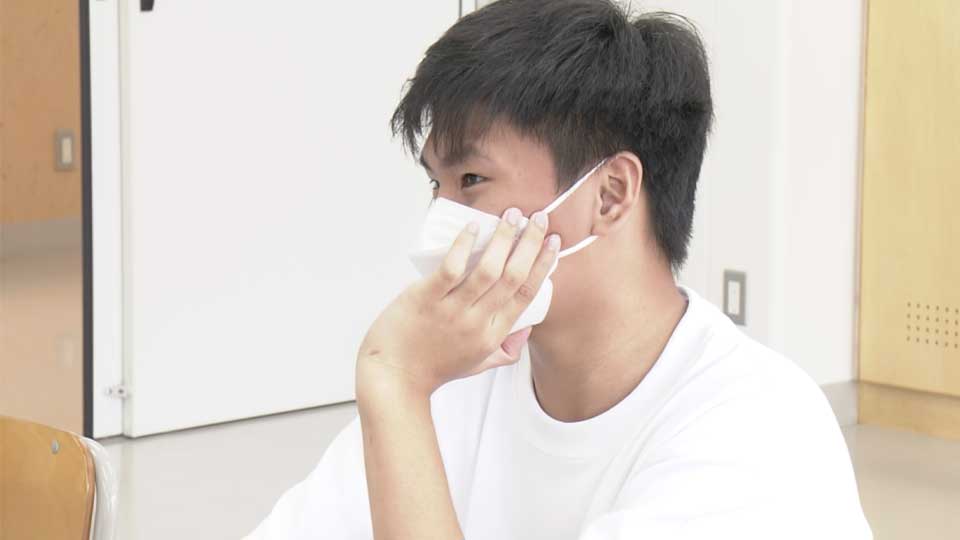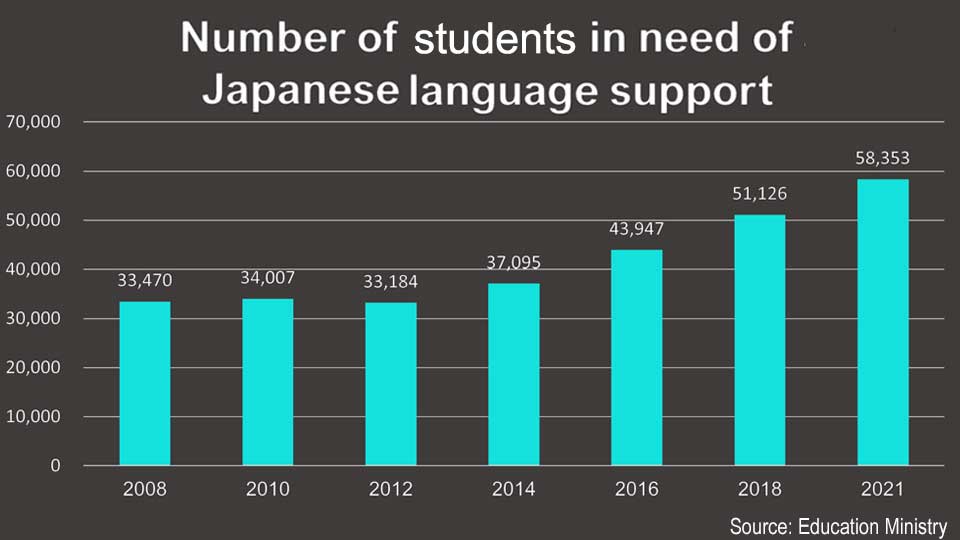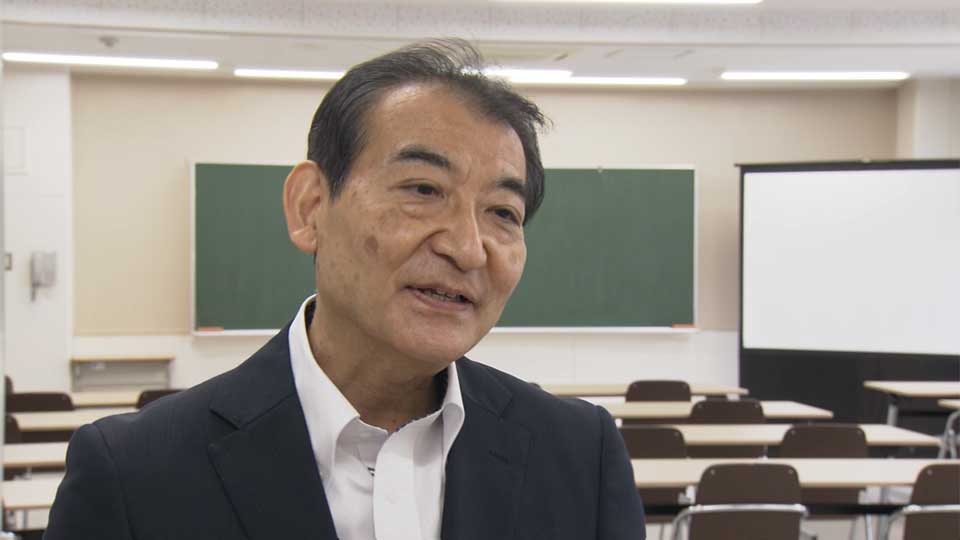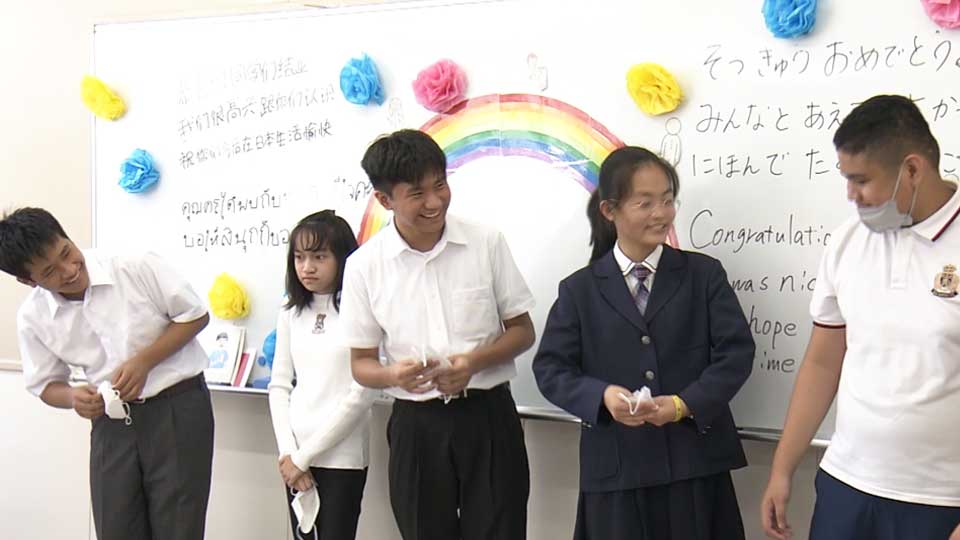Japanese language program helps foreign children progress
An apprenticeship program in Yokohama helps break the language barrier that makes Japanese school so intimidating for newly arrived foreigners. The city’s school board has identified a growing need for support and has devised a way to give children a head start before they enroll in mainstream classes.
The school is called Himawari, which translates to sunflower. In June, a class had ten children of foreign origin. They came from the Philippines, China, Nepal and elsewhere.
Himawari offers a month-long intensive Japanese language course to provide a smooth transition for elementary and middle school students to local schools. A new class starts every month so candidates can attend soon after arriving in Japan.
The children are divided into groups according to their age. They also learn about local customs and culture, including cleaning their own classrooms and wearing indoor shoes inside buildings.
Around 700 students have attended the school since it opened in 2017.
Dustin Coronado, 13, is a recent graduate. He left the Philippines to join his parents who moved to Japan to work. He started with the basics: learning to write his name and introduce himself.
He was worried from the start. “The language has three scripts – kanji, hiragana and katakana,” Dustin said. “But I only know hiragana.”

More children needing language support
As the number of foreigners moving to Japan has increased over the years, the number of children needing language support has also increased. According to the Ministry of Education, about 58,000 public school students need help with the Japanese language. Support is often limited and varies by region.

In Yokohama, near Tokyo, the number of students needing help has doubled over the past decade. Initially, education officials sent language teachers directly to schools. But that was not enough. Himawari was created to bridge the gap.
City council education official Miyagi Atsushi said it was important to help young students build self-confidence early on. He explains that fitting in and enjoying school largely depends on how the experience begins.
“Once they join primary or secondary school, they will have to interact with many classmates in an unfamiliar language. Here, we aim to give them the language skills that will help them get along with other students. .”

At Himawari, Dustin Coronado learned everyday words and phrases he will encounter in school. A language instructor taught the students how to create sentences and a teacher checked their level of understanding.
Dustin said it’s helpful to be familiar with math-related terms, especially Japanese counting systems.
Over the course of a month, Dustin progressed rapidly. At the end, he was able to write an essay and give a speech in Japanese.
“I improved my skills. I can understand Japanese now,” he said. Teachers from his new school attended his graduation ceremony and encouraged him to continue.

Yokohama’s program is a success, with many schools elsewhere now calling for similar initiatives to help children from all walks of life get settled.


Comments are closed.